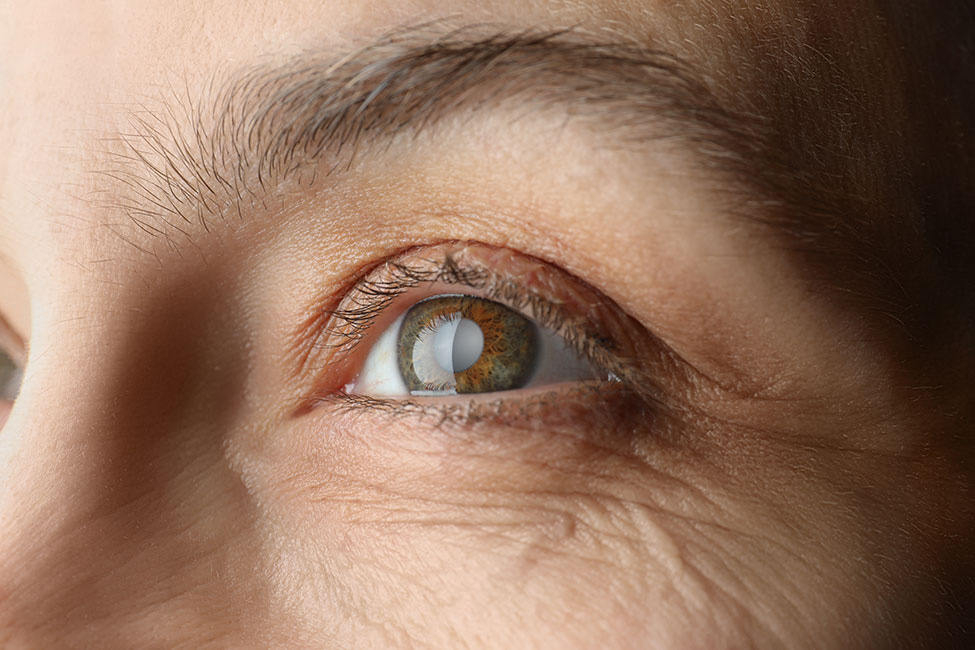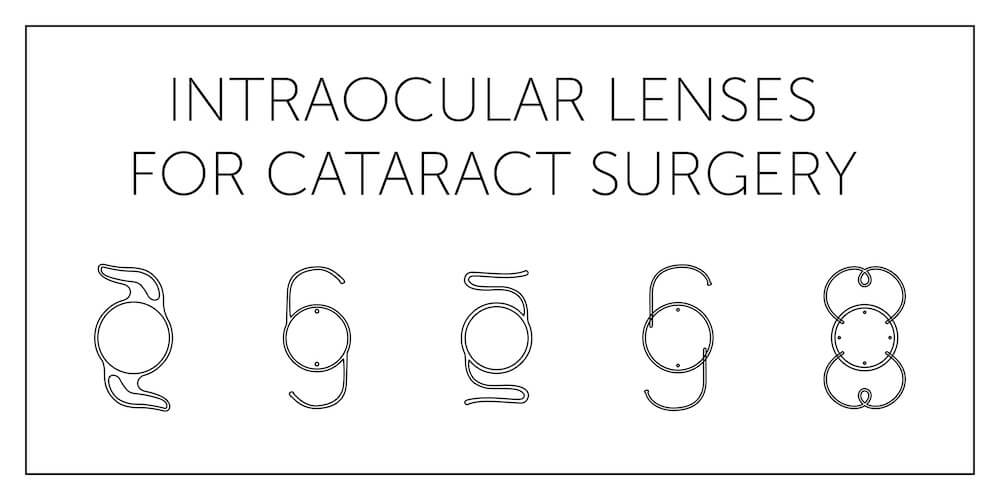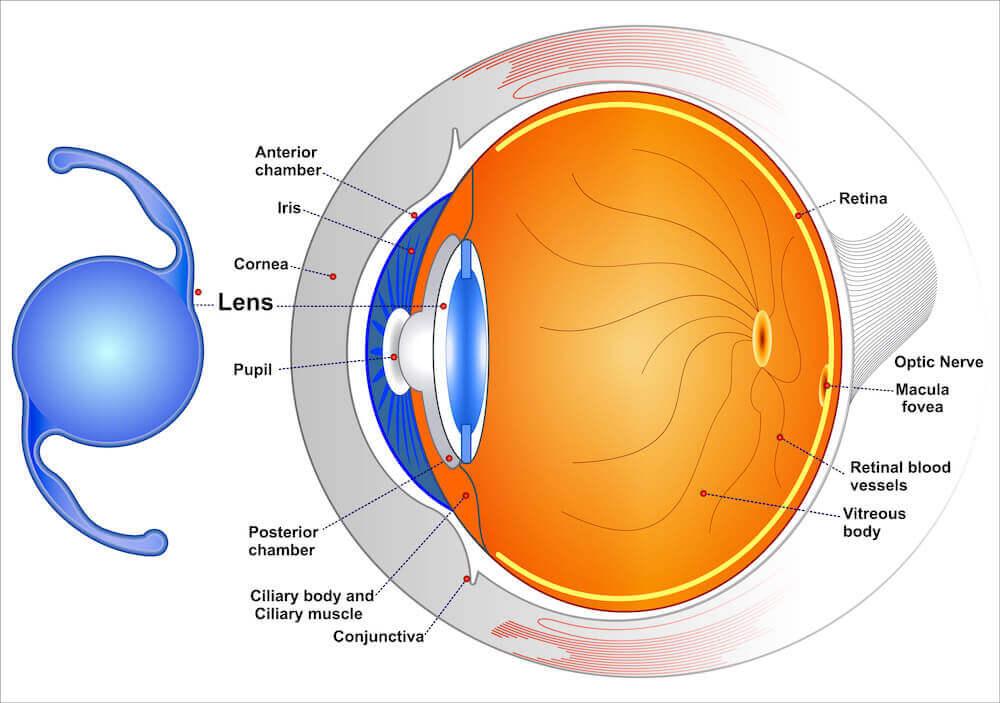
Similar to a camera, the eye contains a normally clear lens that helps the eye focus light. The lens is located near the front of the eye behind the iris(the colored part of the eye) and the pupil. When this lens becomes cloudy or opaque it is called a cataract. When the opacity in a cataract forms along the line of sight, it interferes with light passing through the eye. This causes blurred or fuzzy vision and sensitivity to light. This condition can be compared to looking through a window that is frosted or fogged. Cataracts are most commonly a result of the natural aging process but can also be caused by diseases such as diabetes, trauma, and certain medications. They are the leading cause of vision loss among adults age 60 or older.

Patients with progressing cataracts often feel as if they are looking through a film or piece of wax paper. Cataracts can also cause glare and may make light from the sun or a lamp seem too bright. They cause haloes around lights at night and can make driving more difficult because of uncomfortable glare from oncoming headlights or streetlights. In addition, colors lose their vibrance and may not appear as bright as they once did. Increased eyestrain, double vision, and frequent changes in eyeglass prescriptions can also be signs of cataracts.
Modern surgical techniques have dramatically improved the outcome and recovery time from surgery. Surgery is now performed on an outpatient basis using light sedation and numbing drops for anesthesia. This allows for minimal downtime from normal daily activities.
Cataract surgery is the most commonly performed surgery worldwide. It is also arguably the most successful surgical procedure we have to offer in modern medicine. Nonetheless, even though a cataract may be present we do not recommend surgery until a patient finds that the cataract is interfering with his or her lifestyle.
Recent advances in lens implant technology now permit us to provide artificial lens implants designed to reduce the need for glasses after cataract surgery. These lens implants are designed to provide good distance and near vision allowing most patients to function the majority of the time without glasses after surgery. While advanced lens implant technology allows for more predictable outcomes and less dependence on glasses after surgery, there is no guarantee of independence from spectacles, and it may still be necessary to wear glasses for certain activities after surgery.

Intraocular lenses come in a variety of materials and designs. Your surgeon will discuss your needs with you and help you to choose a lens that is best suited to your individual situation. All intraocular lenses used in our practice are coated with UV filters.
Accommodative and Multifocal Implants for Clear vision at Distance and Near
There are currently three lens implant designs available in this category: Crystalens, Toric, Tecnis, and ReSTOR™. Your surgeon will discuss your options during your consultation to assure that the lens you choose will optimize your visual outcomes.

For patients who desire greater independence from glasses, we offer a variety of premium lens implant options including the ReSTOR™, Crystalens and toric lens implants. Please discuss these options with our surgeons who will provide a customized consultation and recommend which lens will best suit your optical needs.
